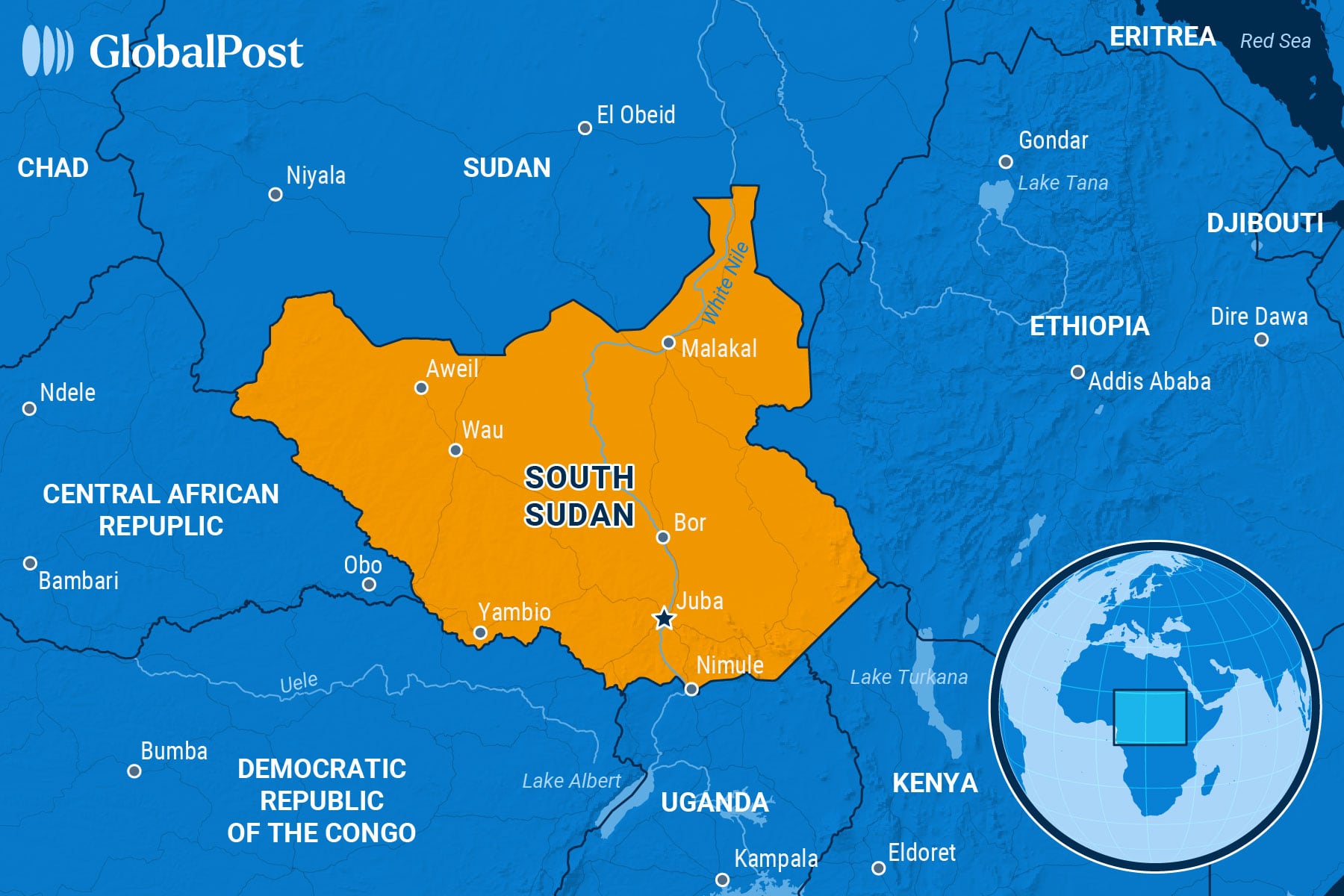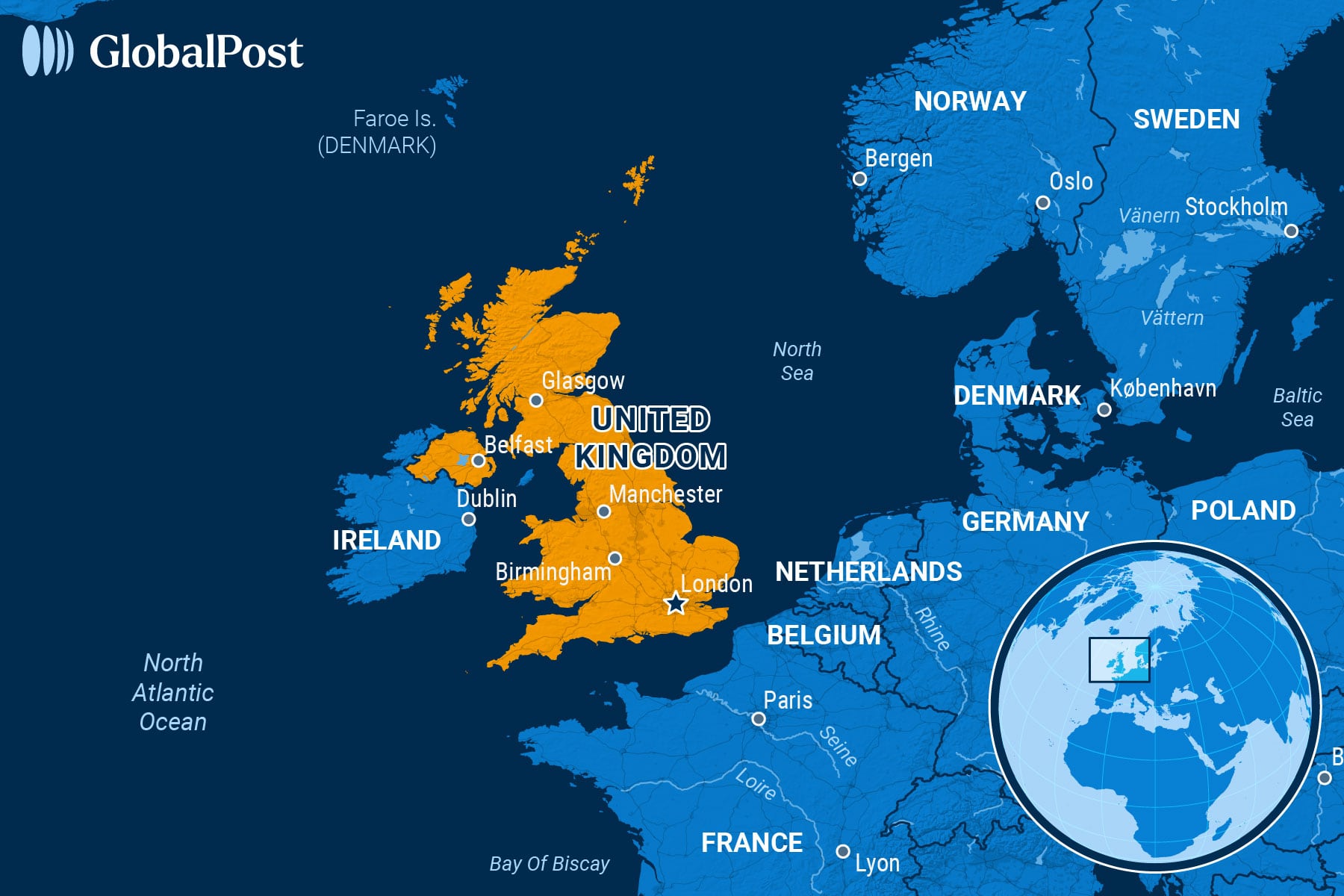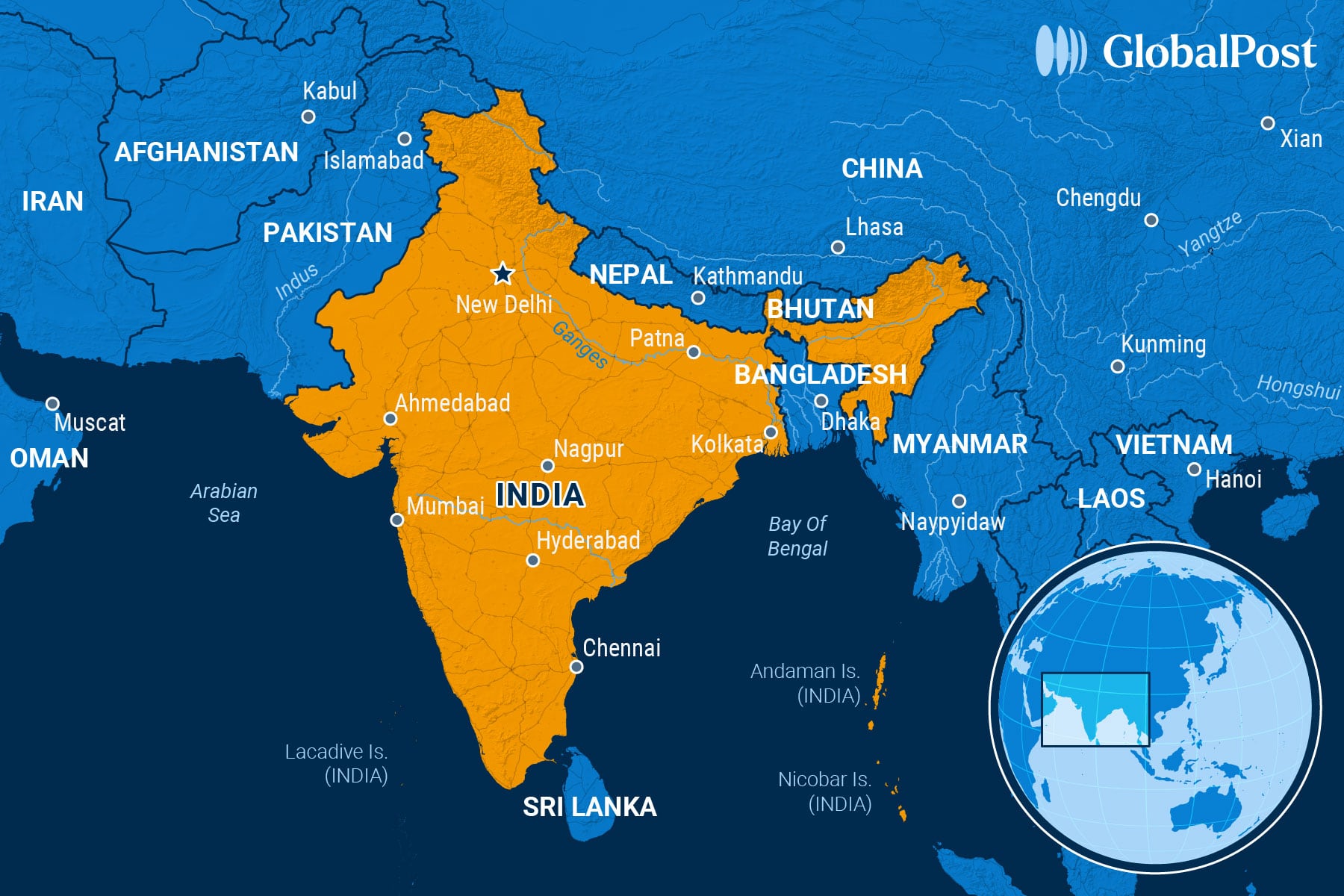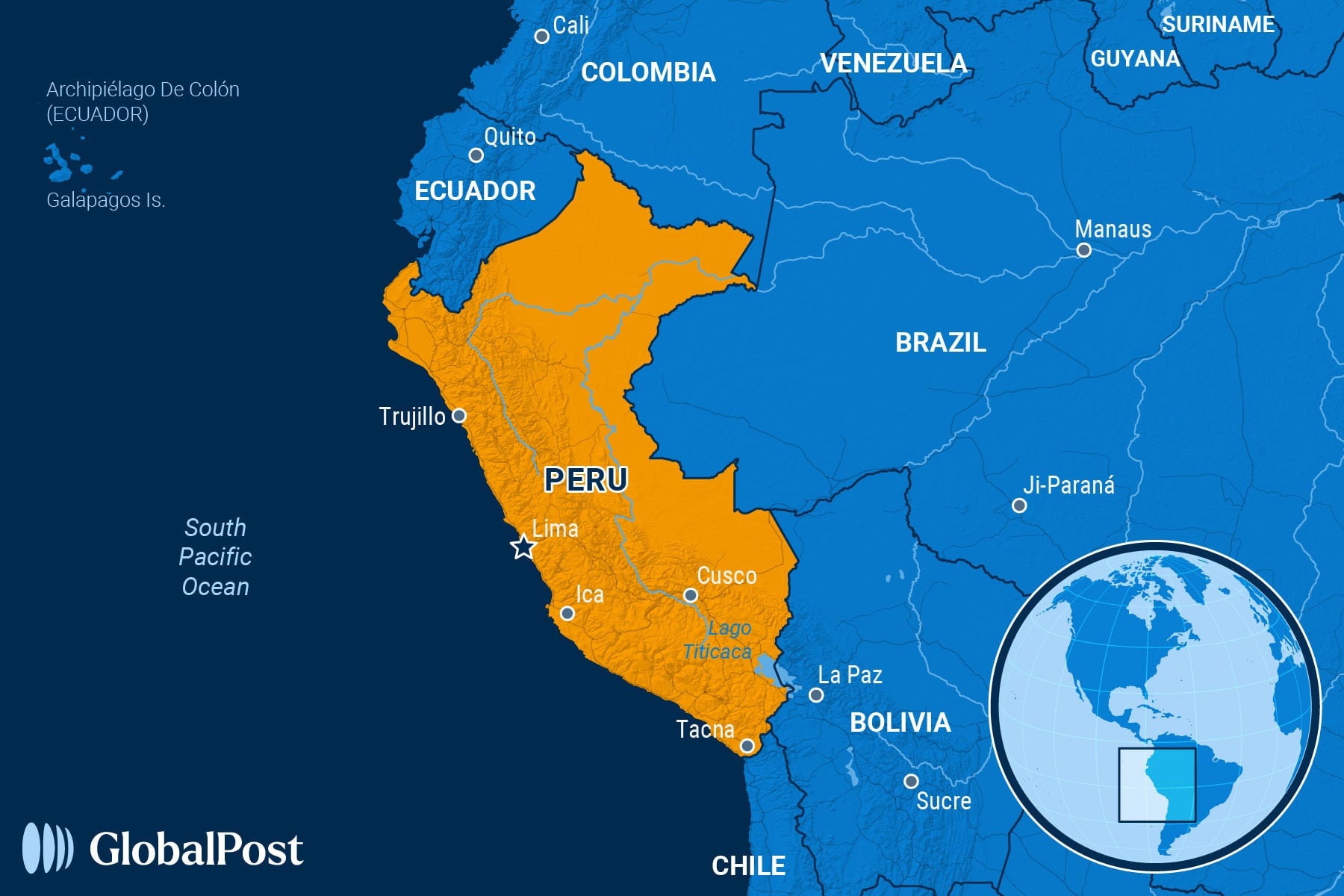A Perfect Storm: A New Civil War in South Sudan Threatens Entire Region
NEED TO KNOW
A Perfect Storm: A New Civil War in South Sudan Threatens Entire Region
SOUTH SUDAN

When oil-rich South Sudan split off from Sudan in 2011, there were great hopes for the world’s youngest country.
Two years later, those hopes were dashed by a civil war.
Since then, a shaky peace established by an agreement in 2018 between President Salva Kiir’s South Sudan People’s Liberation Movement in Government (SPLM-IG), aligned with the Dinka people, and Vice President Riek Machar’s Sudan People’s Liberation Movement-in-Opposition (SPLM-IO), aligned with the Nuer ethnic group, has held.
That’s now falling apart, as a standoff between Kiir and Machar is once again threatening to ignite a new round of ethnic killing that could destroy the fragile country and impact the entire region.
“South Sudan is teetering on the edge of a relapse into civil war,” said Nicholas Haysom, the head of the United Nations mission in South Sudan. “A conflict would erase all the hard-won gains made since the 2018 peace deal was signed. And it would devastate not only South Sudan but the entire region, which simply cannot afford another war.”
South Sudan broke off from Sudan and won independence in 2011 after years of internecine warfare pitting the mostly Muslim Sudan to the north against the mainly Christian and animist south.
Two years later, civil war broke out in South Sudan after President Kiir and Vice President Machar began feuding. About 400,000 people died in the five-year conflict, more than 2.4 million people fled the country, and another 2.3 million were displaced internally.
Much of the fighting stopped after the peace agreement in 2018, which divided power between the two sides. Still, not all of the groups that eventually became involved in the war signed on to the agreement, the Associated Press reported. And the peace agreement itself was not properly implemented, said analysts.
“Make no mistake: War never stopped in South Sudan,” wrote Clémence Pinaud of Indiana University and author of War and Genocide in South Sudan in Foreign Policy magazine. “The peace agreement was already under threat.”
The latest escalation of violence erupted in early March after a youth militia from the Nuer called the White Army overran South Sudanese army barracks in the city of Nasir, in the oil-rich Upper Nile province. It attacked a UN helicopter which was attempting to evacuate the captured soldiers and their leaders, killing 28 people.
In response, Kiir blamed Machar and his forces and launched retaliatory aerial bombardments on civilian areas in Upper Nile State, using barrel bombs that allegedly contained highly flammable accelerants.
Kiir has also cracked down on officials and communities associated with Machar and entered the vice president’s home to arrest him. Soon after, the party ousted Machar, deepening divisions within the Nuer community, too.
Even before the attack in March, the conflict had been heating up. In the first few months of this year, for example, Kiir’s forces attacked opposition forces, politicians, Nuer people, and other ethnic communities in states such as Western Equatoria and Bahr el-Ghazal, as well as Nasir.
Now, witnesses say soldiers are filling the streets around the capital, Juba, and surrounding areas as the White Army and national forces mobilize. Meanwhile, soldiers from Uganda are arriving to help Kiir’s forces.
Observers say the situation is reminiscent of the eve of the civil war in 2013.
“What happens in the coming days will determine the oil producer’s fate and that of the wider region,” wrote Bloomberg. “A return to fighting would mean active conflict with the potential for major civilian casualties engulfing a swathe of eastern Africa stretching from the Great Lakes to the Red Sea. That would have ripple effects, potentially drawing in Uganda … and Ethiopia, which shares a border with the nation.”
And it could widen further, involving Sudan, where the government’s Sudanese Armed Forces (SAF) continue to battle the Rapid Support Forces (RSF): Both are backed by an array of foreign actors including Russia, Turkey, Egypt, China, Saudi Arabia, and the United Arab Emirates, the International Crisis group warned.
“From there, it risks merging with the war in Sudan, potentially triggering prolonged proxy fighting in South Sudan,” the think tank wrote, with SAF and RSF forces overrunning parts of South Sudan. “It could result in renewed massacres and ethnic cleansing, turn South Sudan’s territory into a free-for-all of various militias and illicit activity, and open a new arena for a proxy war in the region.”
Before the breakdown of the peace agreement, the young country was already struggling with 2 million internally displaced people, 1.1 million refugees fleeing the war in Sudan, 7.7 million people facing “catastrophic” levels of hunger, and an economy that has all but collapsed, partly due to the war in Sudan.
“All the dark clouds of a perfect storm have descended upon the people of the world’s newest country – and one of the poorest,” said UN Chief António Guterres. “Let’s not mince words … What we are seeing is darkly reminiscent of the 2013 … civil war.”
South Sudanese say they can’t handle another one.
“Another war will destroy our lives,” Choul Magil, whose brother and father were killed in the civil war, and which led him to flee the country for years, told the Wall Street Journal. “I can’t afford to run away again. I wish Kiir and Machar would resolve their differences and leave us in peace.”
THE WORLD, BRIEFLY
UK Court Decides Who Is a Woman
UNITED KINGDOM

The United Kingdom’s Supreme Court ruled that a woman is defined by biological sex under equality laws, a decision welcomed by gender-critical campaigners and criticized by trans rights advocates, the BBC wrote.
The legal dispute began in 2018 over a Scottish law aimed at ensuring gender balance on public boards. The advocacy group, For Women Scotland, challenged the inclusion of transgender people for filling quotas reserved for women.
Instead, For Women Scotland said that sex-based laws should only concern people who are born female.
The Scottish government said, however, that transgender people with gender recognition certificates (GRCs) should be protected by the same sex-based law as biological women. But the UK court sided with the campaign group, saying that the legal definition of a woman in the 2010 Equality Act, which applies across the UK, does not cover transgender women with GRCs, according to the Guardian.
Judge Lord Hodge insisted that the ruling does not mean that one side won and the other lost, as the law still protects transgender people against discrimination regarding several criteria, including “sex” and “gender reassignment.”
The ruling centered on deciding the meaning of the word “sex” in the law, as the 2004 Gender Recognition Act recognized the “certificated” sex. The Scottish government said the 2004 law had decided this matter already, adding that GRCs amount to a change of sex “for all purposes.”
For Women Scotland argued that sex is an “immutable biological state.”
While many gender critics consider this a victory that will protect women’s rights, transgender rights activists expressed serious concern over how the ruling will impact transgender people, saying they now risk being discriminated against in their reassigned sex and excluded from both men’s and women’s spaces and services, like hospital wards and prisons.
India’s Opposition Leaders Charged With Money Laundering
INDIA

India’s financial crimes agency charged Congress Party leaders Rahul Gandhi and his mother, Sonia, with money laundering this week, in a case that the opposition group called political persecution by the government of Prime Minister Narendra Modi, Reuters reported Wednesday.
On Tuesday, India’s Enforcement Directorate (ED) filed a complaint in a New Delhi court accusing the Gandhis and other senior Congress Party figures of using a shell company to illegally acquire property worth more than $230 million tied to the now-defunct National Herald newspaper.
The case – scheduled to be heard on April 25 – stems from a 2021 probe into a complaint by a member of Modi’s ruling Bharatiya Janata Party (BJP), who alleged that the Gandhis misused party funds to take control of Associated Journals Limited (AJL), the publisher of the National Herald, the BBC wrote.
The newspaper was founded in 1938 by Jawaharlal Nehru, India’s first prime minister and Rahul Gandhi’s great-grandfather. The paper ceased operations in 2008 after the publisher ran into financial troubles, but was later relaunched as a digital outlet under Congress’s stewardship.
According to the complaint, the AJL became debt-free after swapping its debt for equity and assigning the shares to a newly created company called Young Indian – Sonia and Rahul each hold 38 percent.
Last week, the ED alleged that this move allowed the Gandhis to gain control of assets worth around $233 million for just a little more than $58,000.
But the Congress Party has rejected the accusations, saying the National Herald’s rescue was about preserving a legacy of the independence movement, not profiteering.
Protests broke out across the country Thursday over the case, a “mass movement to protect democracy and uphold the Constitution,” according to the opposition.
The opposition decried the charges as “politics of vendetta and intimidation” by Modi, claiming that the prime minister and his ruling BJP are weaponizing federal agencies to silence political rivals.
According to Reuters, at least 150 opposition politicians have faced ED enforcement action since Modi took office in 2014.
Former Peruvian President Sentenced for Money Laundering
PERU

A Peruvian court on Tuesday sentenced former President Ollanta Humala to 15 years in prison for laundering funds received from Brazilian construction company Odebrecht and from the government of then-Venezuelan President Hugo Chávez to finance his campaigns, Al Jazeera reported.
The National Superior Court found that Humala and his wife Nadine Heredia received almost $3 million from the Brazilian firm and $200,000 from the then-Venezuelan government for the 2006 and 2011 campaigns.
Heredia’s brother has also been sentenced to 12 years for money laundering in the same case, according to the Associated Press.
While Humala is in jail, Heredia requested asylum at the Brazilian embassy in Lima, according to Peru’s Ministry of Foreign Affairs.
The trial lasted three years, following an investigation launched about a decade ago. Humala called the charges politically motivated, and his lawyers plan to appeal Tuesday’s decision.
Humala is the third former Peruvian president to be imprisoned for corruption in the past 20 years, joining Alejandro Toledo, also sentenced for Odebrecht-related financial crimes, and the late Alberto Fujimori, sentenced for corruption and human rights abuses.
Numerous presidents elected in the past 25 years, as well as other prominent political figures in Peru, have faced legal challenges because of their connections with Odebrecht. In 2016, the firm agreed to pay $3.5 billion in fines to Brazil, the US, and Switzerland after admitting to paying over $788 million in bribes to foreign leaders and government officials to secure infrastructure contracts.
DISCOVERIES
Form and Flow
Channels, canyons, and seabeds are often good indicators for scientists looking for water on other planets.
Meandering channels can be present on Earth’s surface for different reasons, like the bending of a river, lava melting through rock, or water cleaving through ice.
While scientists have previously hypothesized that some, or all, aspects of channel sinuosity are universal, a new study compared bends from lunar volcanic channels, natural and experimental ice melt channels, and alluvial meandering rivers to show that they vary because of their formation process.
Due to centrifugal force – motion resulting from rotation – water moves faster around the outer edges of a bend in a river, eroding it mechanically and depositing sediments, explained Universe Today.
Differently, in volcanic and ice channels, bends are carved out through melting – a process known as thermal erosion. In this case, sediment doesn’t deposit, so only the outer edges change and the bends are smaller, according to Cosmos Magazine.
“This distinction sets up a great natural experiment for us to see if the shape, or size, of bends in rivers is distinct from those in volcanic or ice channels,” said study co-author Tim Goudge.
In the beginning, the team thought they had mistakenly concluded that river bends are comparatively larger than those for other channels.
“It wasn’t until the parameters for the code we had set for the volcanic channels on the Moon kept failing for the rivers on Earth that we realized, oh, that’s not a fault of the code – it’s an intrinsically different amplitude,” said study co-author Juan Vasquez.
Researchers found that channels formed by thermal erosion tend to exhibit downstream-skewed bends, unlike the upstream-skewed bends typical of alluvial rivers.
On Earth, it’s easier to determine how a specific channel was carved, with an indicator being the use of running water to prove it’s a river or stream. In the absence of fluids, however, it is harder to draw the same conclusion, especially for geological bodies millions of miles away.
This research is not a rule set in stone, warned Goudge, as each channel is different – but he says it has the potential to become one once more channels are cataloged and analyzed.
